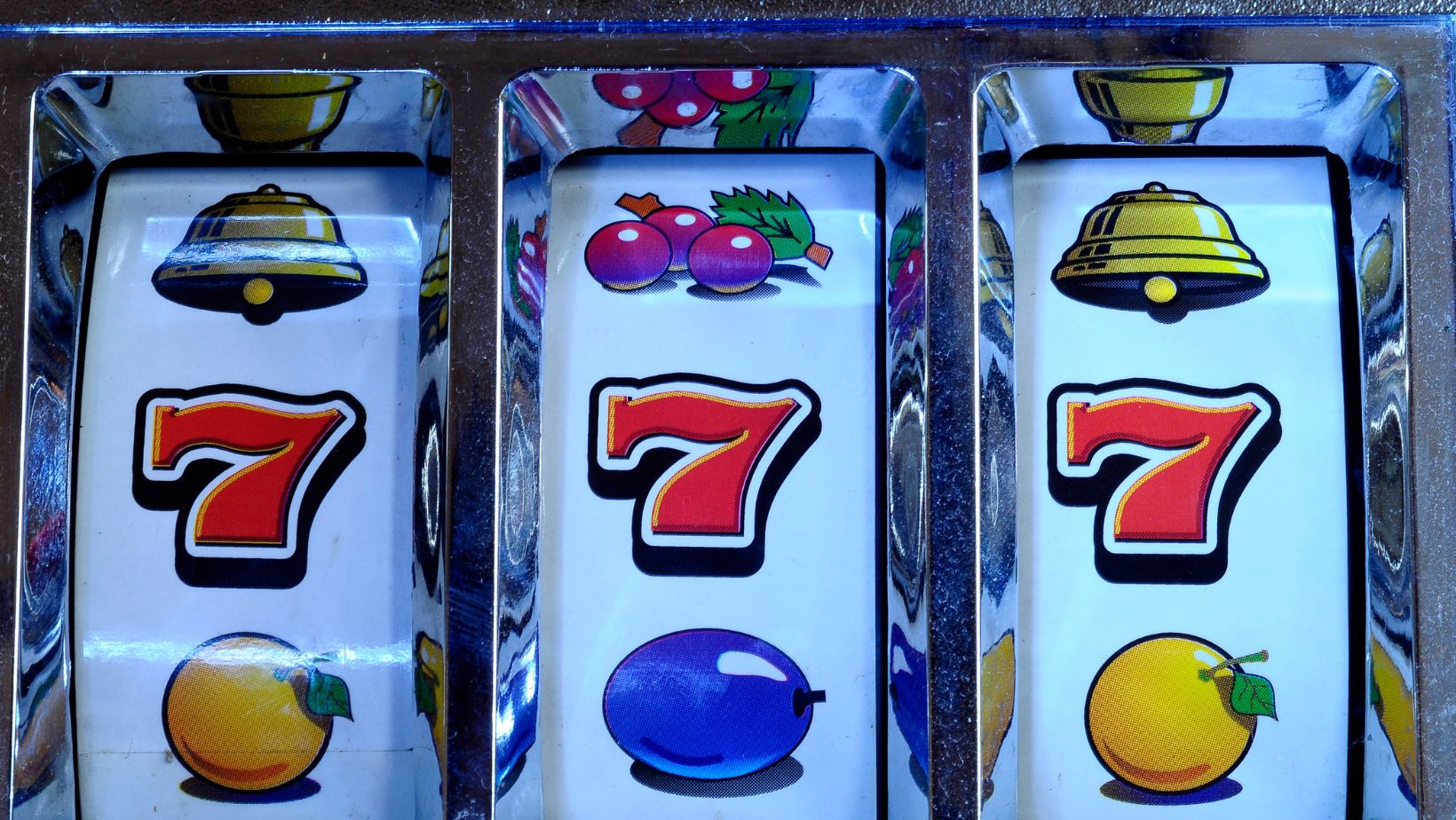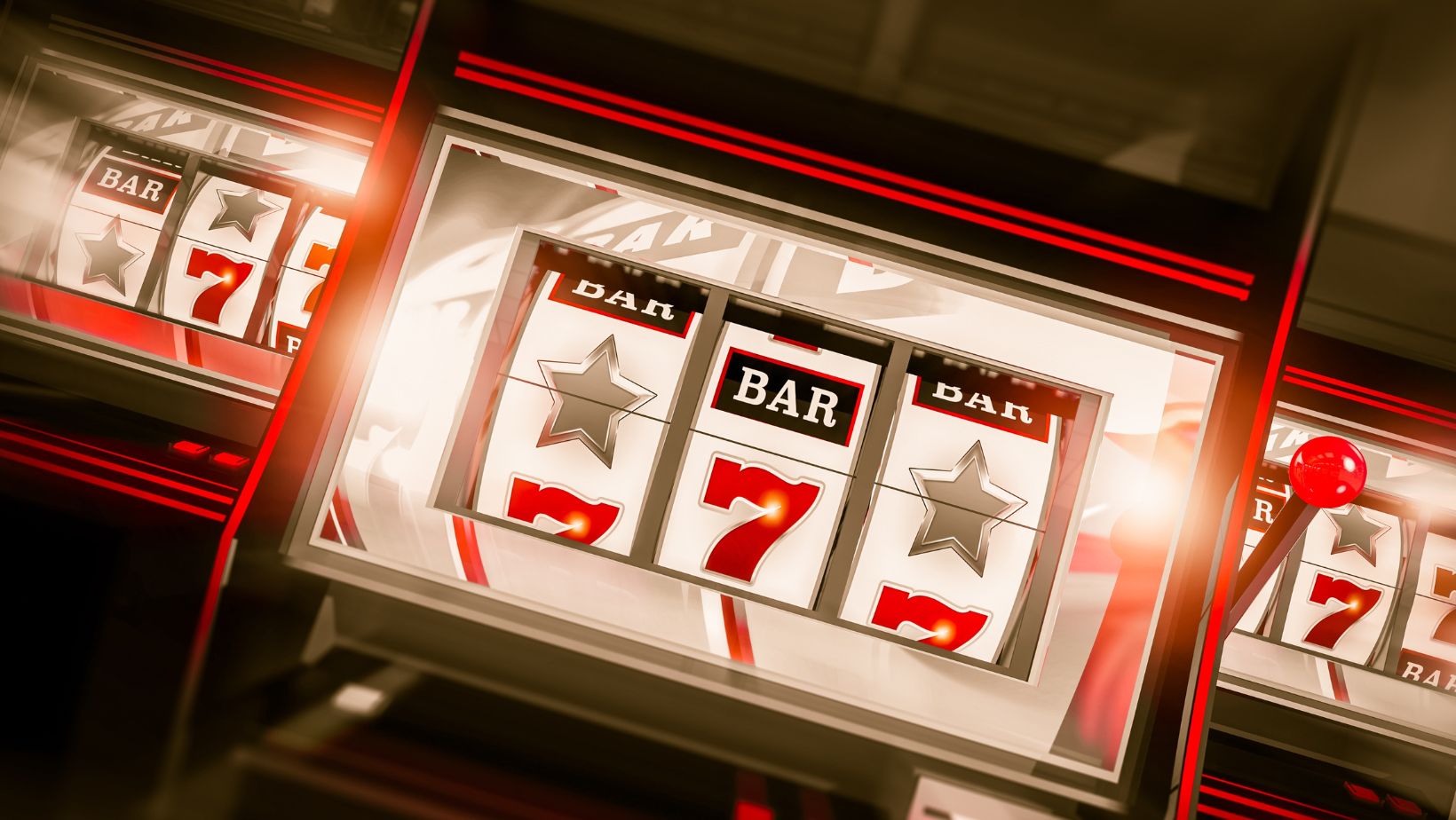
Gambling mechanics have quietly woven themselves into some of the most iconic video games of our era, adding depth, authenticity, and an undeniable thrill. In Grand Theft Auto V, Rockstar Games crafted the Diamond Casino & Resort, an opulent playground where players can indulge in poker, blackjack, and horse racing—activities that mimic real-world gambling with striking realism. With the ability to purchase in-game currency using real money, GTA Online turns virtual betting into a near-authentic experience, one that blurs the boundaries between gaming and real-life wagering.
Meanwhile, The Witcher 3: Wild Hunt enthralls players with Gwent, a strategic card game so compelling that it eventually evolved into its own standalone title. Though distinct from traditional gambling, Gwent’s mechanics—placing bets, strategizing, and taking calculated risks—mirror the psychological appeal of real-world betting.
Then there’s Red Dead Redemption 2, where the dusty saloons and clandestine poker tables evoke the atmosphere of the Old West, providing players with high-stakes encounters that feel as immersive as a scene from Tombstone.
For players who enjoy this dynamic, transitioning from in-game minigames to real betting platforms is becoming increasingly popular. That’s where platforms like Mostbet come in. The Mostbet registration process is quick and easy, giving users instant access to a wide range of betting opportunities that capture the same thrill and engagement as in-game gambling—only this time, with real stakes and real rewards.
Why do Developers Infuse Non-casino Games with Gambling Mechanics?
At first glance, these gambling minigames seem to be mere accessories—optional distractions within vast open-world games. But their inclusion is anything but arbitrary. Developers deploy these mechanics with precise intent, leveraging their psychological appeal to heighten immersion, extend playtime, and even boost revenue.

From a design perspective, gambling mechanics enhance realism. In games like Red Dead Redemption 2, the presence of poker and blackjack is as vital to world-building as the horses and six-shooters. Likewise, in GTA V, the casino isn’t just a side activity—it’s a mirror reflecting modern society’s fascination with risk and reward.
Yet, there’s another factor at play: retention. Games with gambling elements often trigger dopamine-fueled engagement, compelling players to stay immersed for longer periods. Whether it’s the anticipation of a winning hand in poker or the allure of a jackpot in GTA Online, these mechanics tap into the same neurological pathways that make real-world gambling so addictive.
Do These Minigames Shape Real-world Gambling Behavior?
The question of whether in-game gambling nudges players toward real-world betting remains a contentious one. A growing body of research suggests that exposure to virtual gambling can, in some cases, normalize betting behavior. A study published in Addiction Research & Theory found that young players who frequently engaged in gambling minigames were more likely to participate in real-world gambling later in life. The perception of risk-free betting within games creates a misleading impression—one where the stakes feel lower and the rewards more attainable.
For some, these digital experiences serve as a gateway. The ease of transitioning from in-game gambling to real-money betting is evident in GTA Online, where players can buy in-game chips using real-world currency. This seamless integration raises ethical questions: at what point does an innocent minigame cross the line into a full-fledged gambling simulation?
The Blurred Line Between in-game Gambling and Real Betting
The rise of loot boxes—a controversial game mechanic akin to slot machines—has further complicated the debate. Countries such as Belgium and the Netherlands have classified loot boxes as gambling, enforcing stringent regulations to protect players, particularly minors. These randomized rewards rely on the same psychological principles that make casino games enticing, encouraging repeated spending in pursuit of elusive digital prizes.

Even traditional gambling minigames, such as GTA V’s casino or Red Dead Redemption 2’s poker tables, introduce moral dilemmas. If a game allows players to purchase currency and gamble it away, how different is that from betting in a real-world casino? Developers walk a fine line between providing entertainment and fostering unhealthy financial behavior. These casinos offer an easy start with just $5, making real gambling more accessible than ever—but should video games be conditioning players for it?
Should Gaming Companies be Held Accountable?
With mounting concerns over gambling’s presence in mainstream gaming, the onus falls on both developers and regulators to implement safeguards. One potential solution is age-gating—ensuring that games with gambling elements carry explicit warnings and strict access controls. ESRB and PEGI ratings already flag games with simulated gambling, but stronger enforcement could be necessary.
Another approach involves transparency. Developers should disclose the odds of winning in gambling-related features, much like real-world casinos are required to do. This level of accountability is already being applied to loot boxes in certain jurisdictions, and extending it to all forms of in-game gambling would be a logical next step.
Ultimately, as video games evolve, so too must the ethical frameworks that govern them. While gambling minigames can undoubtedly enhance immersion, they also carry real-world consequences that cannot be ignored. Players, developers, and regulators must navigate this terrain carefully—lest the line between entertainment and exploitation become indistinguishable.



